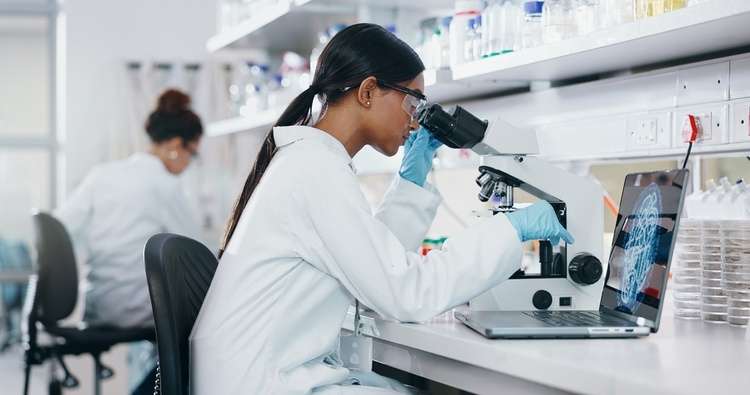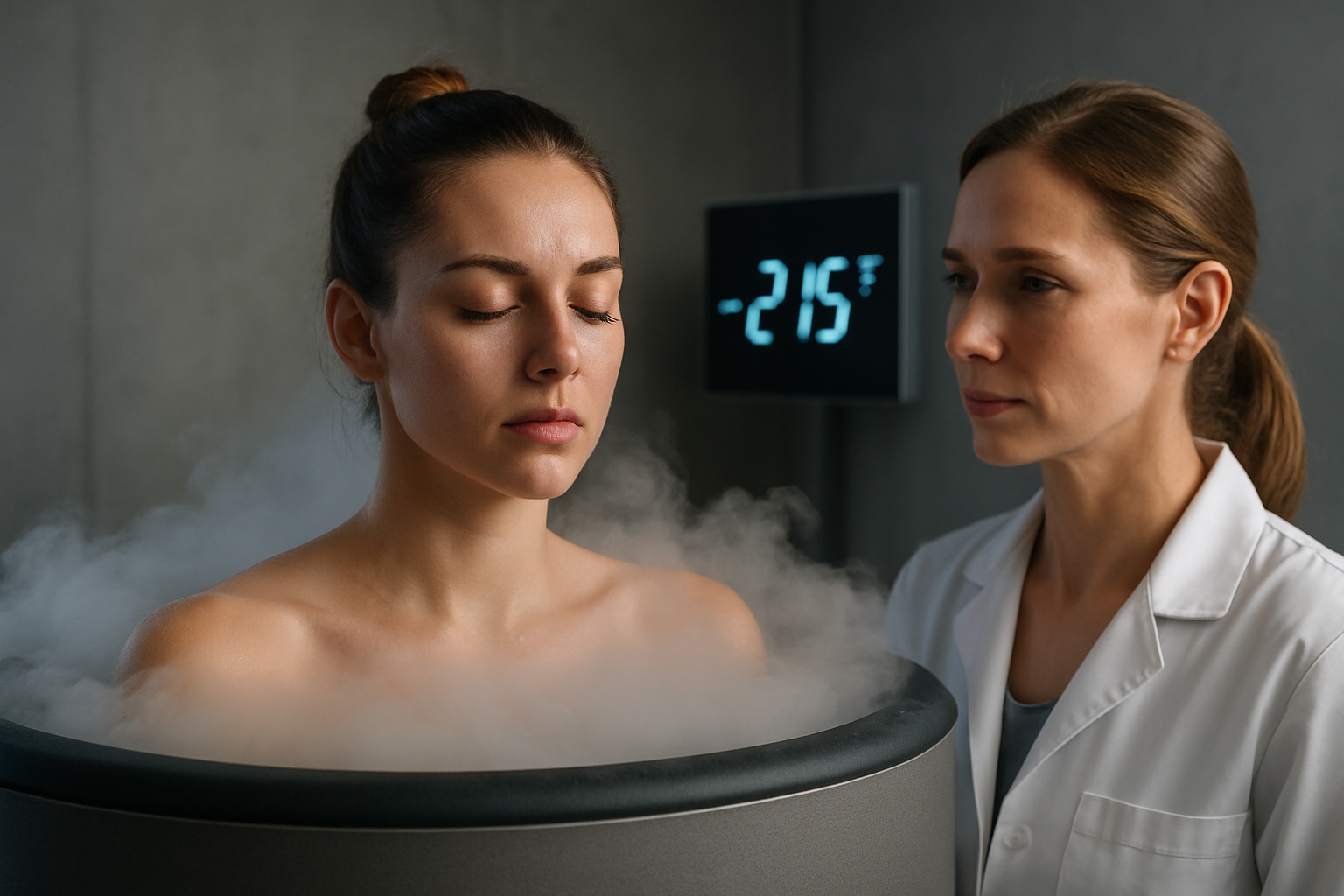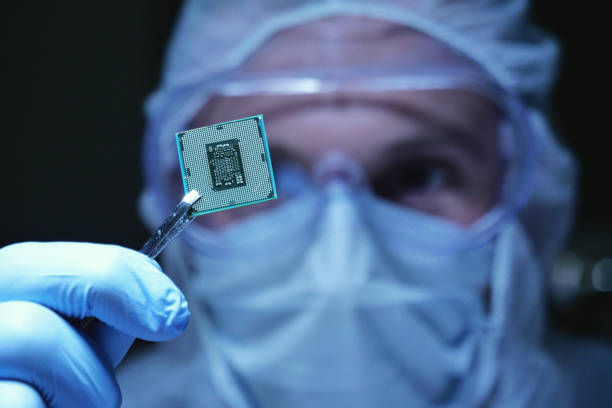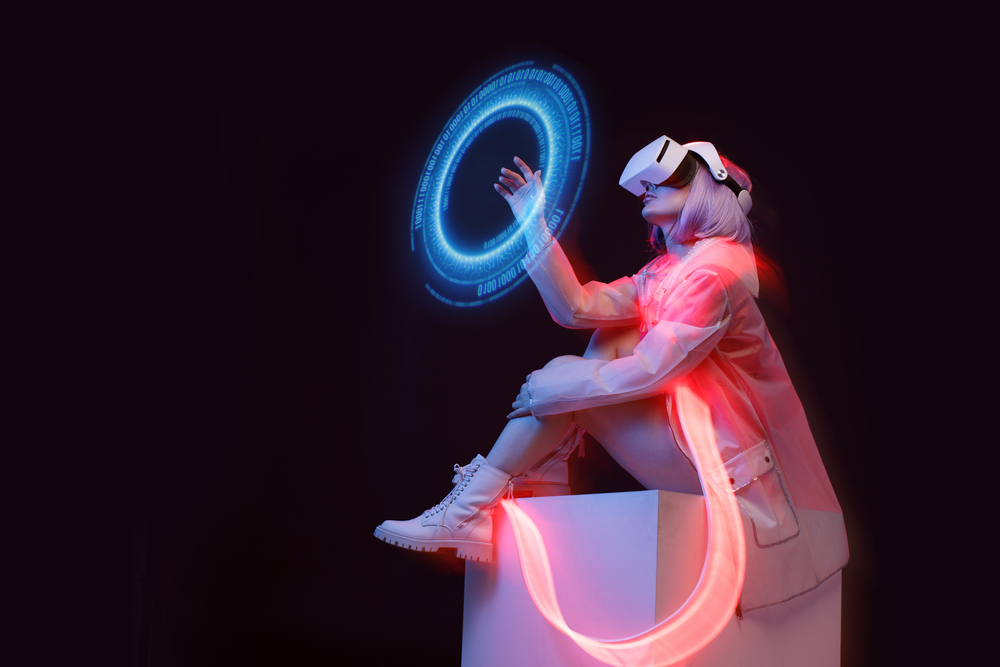Title: Legal Implications of Synthetic Biology in Patent Law
Introduction In the rapidly evolving field of biotechnology, synthetic biology stands at the forefront of innovation, blurring the lines between natural and artificial life. This groundbreaking discipline raises complex questions for patent law, challenging traditional notions of inventorship and patentability. As scientists push the boundaries of genetic engineering, legal systems worldwide grapple with adapting centuries-old patent frameworks to accommodate these novel creations.

Historical Context of Biotech Patents
The history of biotechnology patents dates back to the landmark 1980 U.S. Supreme Court case Diamond v. Chakrabarty, which allowed the patenting of genetically modified organisms. This decision opened the floodgates for biotech patents, leading to a surge in research and development. However, synthetic biology pushes the boundaries even further, creating entirely artificial genetic sequences and organisms that have no natural counterpart. This fundamental difference raises new questions about the scope and limits of patent protection.
Current Legal Landscape
As of 2023, patent offices worldwide are grappling with how to classify and evaluate synthetic biology inventions. The European Patent Office (EPO) and the United States Patent and Trademark Office (USPTO) have issued guidelines for examining these patents, but the rapidly evolving nature of the field means these guidelines are constantly under review. Key issues include determining the inventive step in synthetic biology creations and assessing their industrial applicability, both crucial criteria for patentability.
Challenges in Defining Inventorship
One of the most pressing issues in synthetic biology patents is defining inventorship. Traditional patent law assumes human inventors, but synthetic biology often involves significant contributions from AI systems in designing genetic sequences. This raises questions about whether AI can be considered an inventor, a debate that has already reached courts in several jurisdictions. The resolution of this issue could have far-reaching implications for patent law across all technological fields.
Ethical Considerations and Public Policy
The patenting of synthetic biology inventions also raises significant ethical concerns. Critics argue that allowing patents on artificial life forms could lead to the monopolization of fundamental building blocks of life. There are also concerns about biosafety and biosecurity, as patented synthetic organisms could potentially be misused or escape into the environment. Policymakers and courts must balance these concerns against the need to incentivize innovation in this promising field.
International Harmonization Efforts
Given the global nature of biotechnology research, there is a growing recognition of the need for international harmonization of patent laws regarding synthetic biology. Organizations like the World Intellectual Property Organization (WIPO) are working to develop common standards and practices. However, significant differences remain between jurisdictions, particularly between the more permissive approach of the United States and the more restrictive policies in Europe and parts of Asia.
Future Directions and Legal Adaptations
As synthetic biology continues to advance, legal systems will need to evolve to keep pace. This may involve creating new categories of intellectual property protection specifically tailored to synthetic biology inventions. Some experts propose a sui generis system that would provide time-limited protection while ensuring broader access to fundamental genetic information. Whatever form these adaptations take, they will need to balance the interests of inventors, companies, and the public good.
In conclusion, the legal implications of synthetic biology in patent law represent a complex and rapidly evolving area of jurisprudence. As this field continues to push the boundaries of what is possible in biotechnology, legal systems worldwide must adapt to ensure that innovation is encouraged while ethical and societal concerns are adequately addressed. The resolution of these issues will play a crucial role in shaping the future of both biotechnology and patent law in the coming decades.




